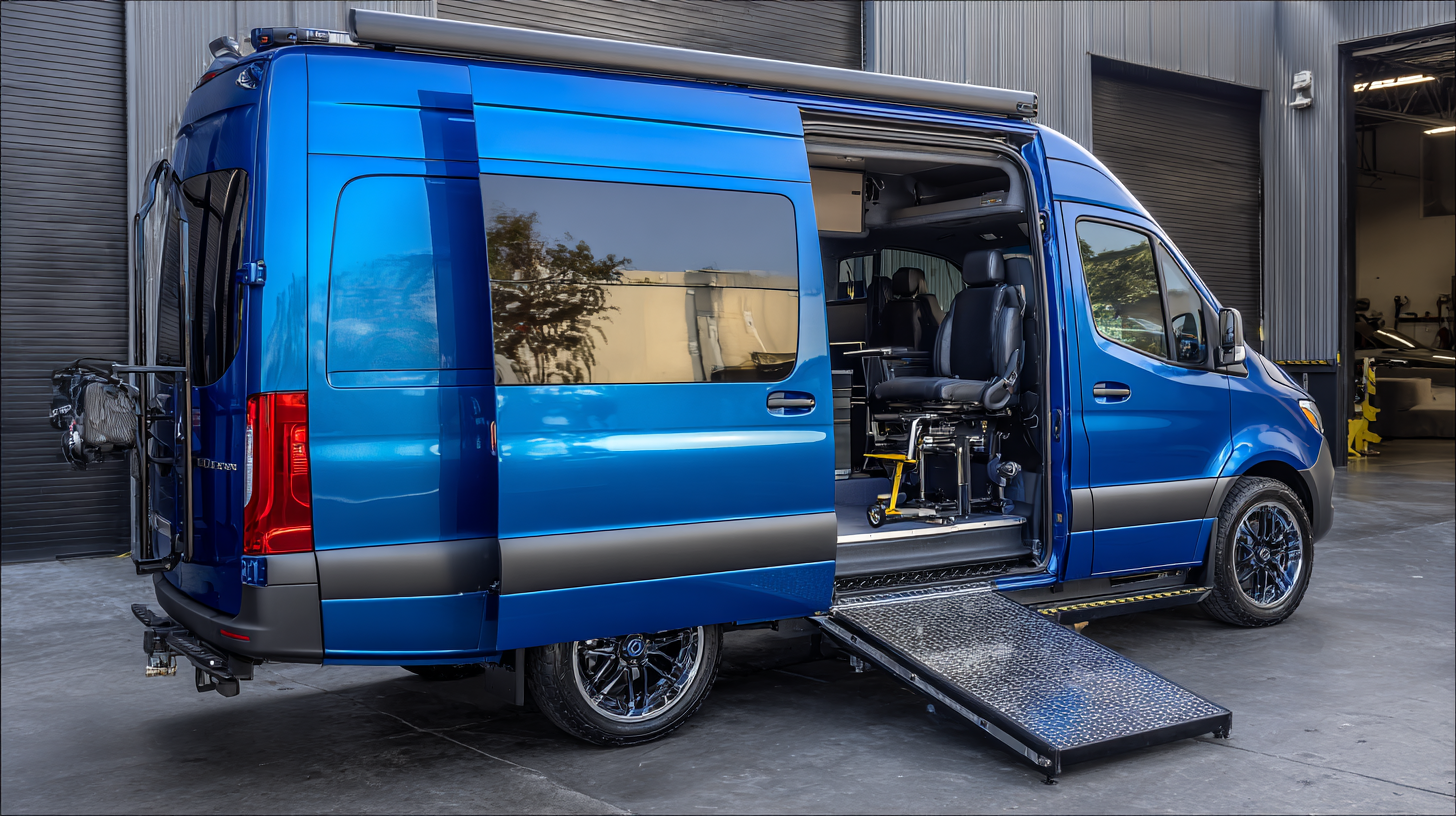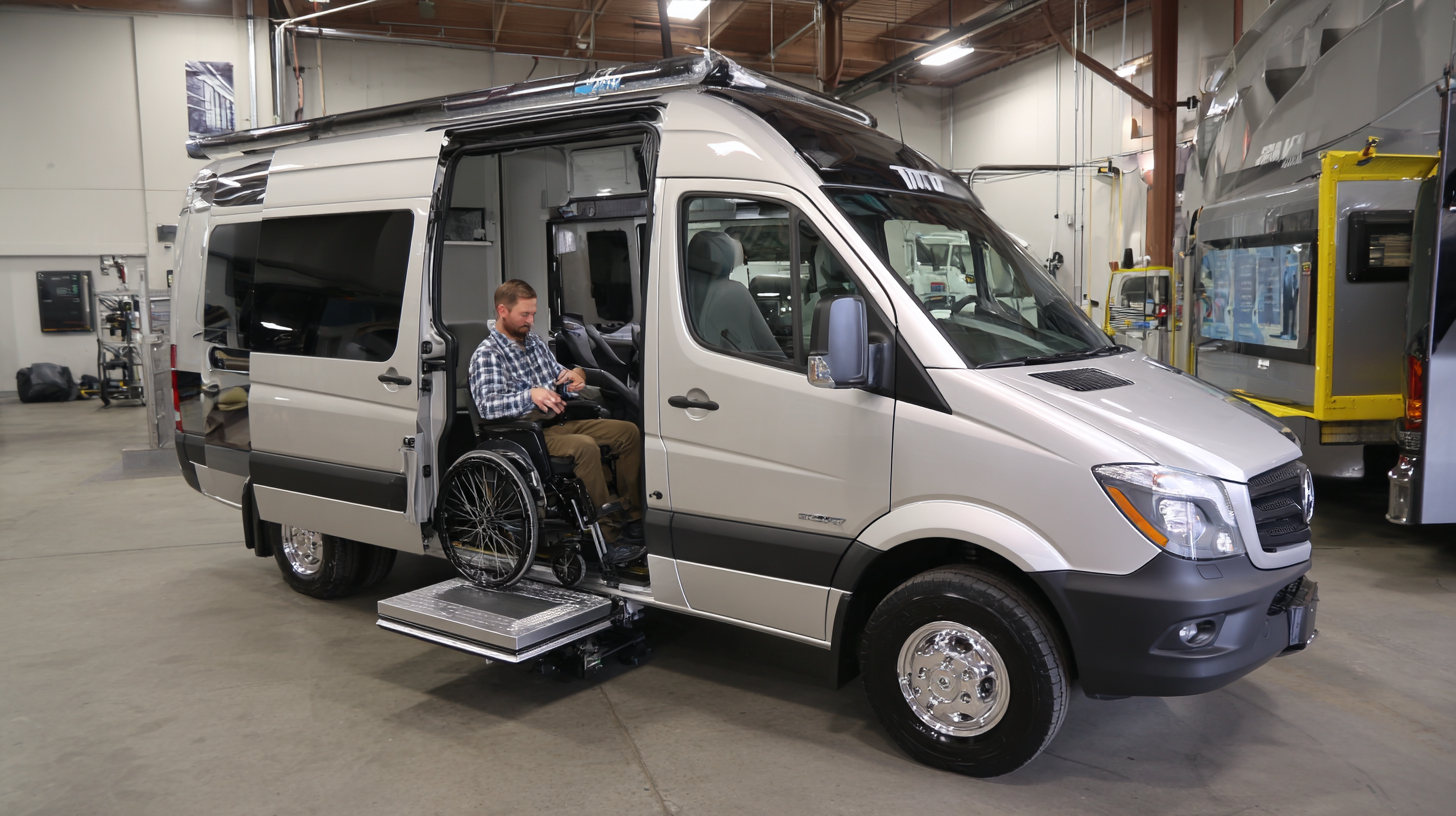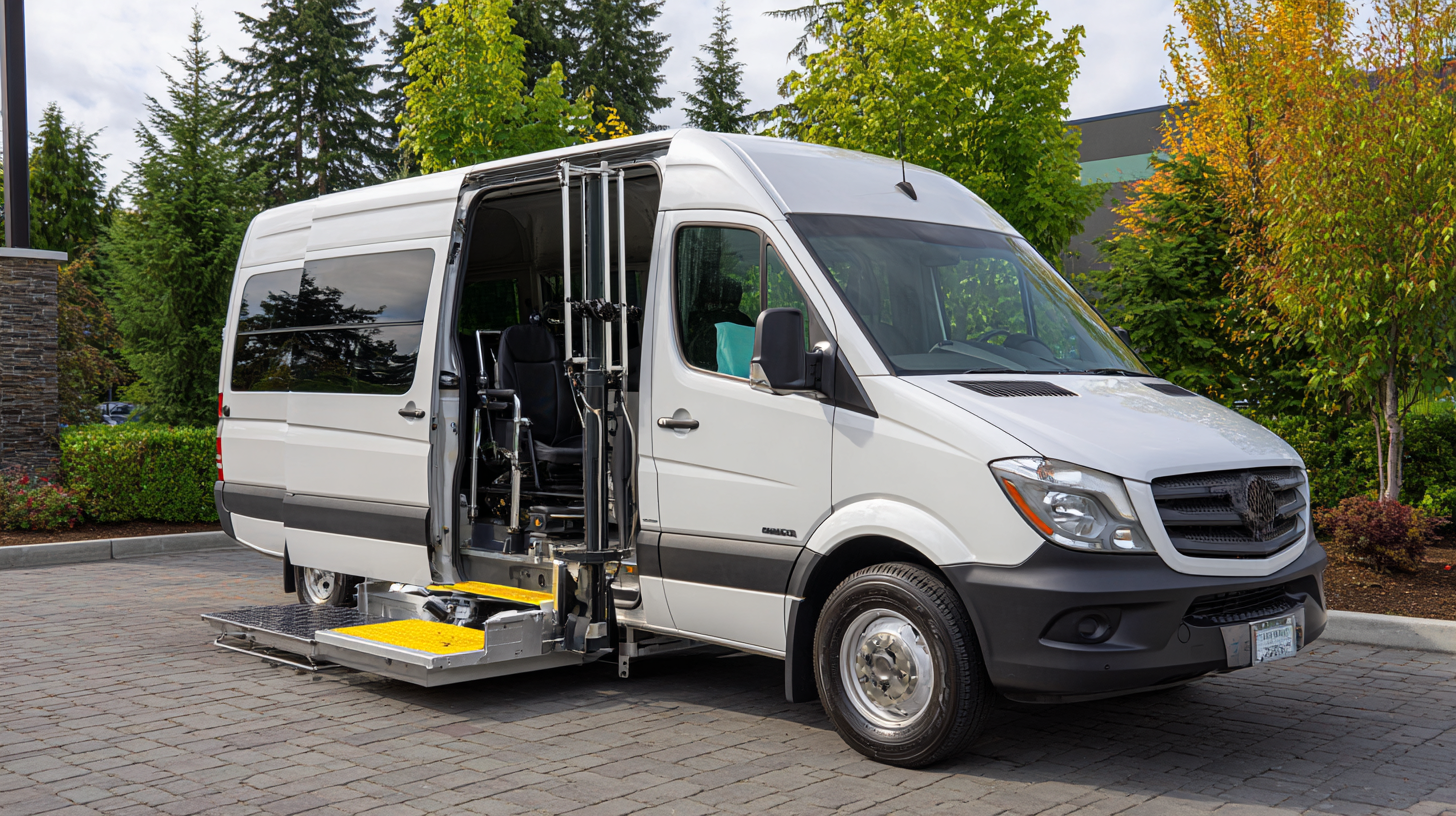12 Best Vans with Wheelchair Lifts for Increased Accessibility and Comfort
In an increasingly inclusively-minded society, the demand for accessible transportation options, particularly for individuals with mobility challenges, is on the rise. According to the National Highway Traffic Safety Administration (NHTSA), approximately 18.7% of Americans have some form of disability, with many requiring adaptable vehicles to meet their needs. A van with wheelchair lift serves as a crucial solution, providing the necessary accessibility and comfort for users. The market has seen a notable surge in options, with manufacturers integrating advanced lift systems and user-friendly designs. Research from the Centers for Disease Control and Prevention (CDC) highlights that with proper accessibility measures, individuals with mobility impairments can enjoy greater independence and participate more fully in their communities. This article explores the 12 best vans equipped with wheelchair lifts, ensuring increased accessibility and comfort for those who rely on them.

Factors to Consider When Choosing Vans with Wheelchair Lifts for Optimal Accessibility
When choosing vans with wheelchair lifts, several key factors must be considered to ensure optimal accessibility and comfort for users. One of the foremost considerations is the dimensions and weight capacity of the lift itself. According to recent industry reports, wheelchair lifts should accommodate a variety of wheelchair sizes and weights, typically supporting between 600 to 800 pounds for greater inclusivity. Additionally, the platform should offer a spacious area—usually around 30 inches by 48 inches—to provide a safe and comfortable boarding experience.
Another important factor is the design and layout of the van's interior. The vehicle's interior should offer smooth transitions and ample space for easy maneuverability. Studies have shown that a well-designed interior can significantly impact the independence of wheelchair users, making it easier for them to enter and exit the vehicle. Features such as adjustable seating, various securing options for wheelchairs, and adequate headroom are critical for enhancing overall comfort.
Lastly, regular maintenance and service history of the van must not be overlooked, especially for second-hand models. Ensuring that lifts and other accessibility features are in excellent condition is crucial for safety and reliability. Investing in a comprehensive evaluation report prior to purchase can provide valuable insights into the vehicle's performance, helping to make a more informed decision.
The Importance of Lift Capacity: Ensuring Safety and Comfort for Passengers
When selecting a van with a wheelchair lift, understanding the lift capacity is crucial for ensuring both safety and comfort for passengers. A wheelchair lift must be able to support the weight of the wheelchair along with its occupant. Exceeding the lift's weight limit can lead to mechanical failure or accidents, potentially resulting in injury. Therefore, it is essential to evaluate the specifications of various lift systems. Each lift has its own maximum weight capacity, and choosing one that exceeds your needs is a recommended practice to enhance safety.
Additionally, lift design plays a significant role in providing comfort during transit. Ramps that are too steep or narrow can make the boarding process challenging and uncomfortable for users. Hence, a well-designed lift should facilitate a smooth entry and exit, accommodating diverse wheelchair types and sizes. Features such as non-slip surfaces and automatic locking mechanisms further ensure a safe ride. By prioritizing lift capacity and thoughtful design, van manufacturers can greatly improve accessibility, allowing users to enjoy greater independence and a more comfortable traveling experience.
Top Features of Wheelchair Accessible Vans: What Users Value Most
When it comes to wheelchair-accessible vans, users prioritize features that enhance both convenience and comfort. One of the most valued attributes is the quality of the wheelchair lift. A reliable lift should be easy to operate, sturdy, and designed for swift access, ensuring a hassle-free experience when entering and exiting the vehicle. Additionally, the availability of a spacious interior is crucial. Users appreciate ample headroom and legroom, accommodating both the individual in the wheelchair and any accompanying passengers comfortably.
Another significant feature is the adaptability of seating arrangements. Vans that offer flexible seating options allow for a more personalized experience, whether it’s to transport family, friends, or caregivers. Many users also highlight the importance of safety features, such as secure tie-down systems for wheelchairs and advanced driver assistance technologies that enhance overall road safety. Finally, the overall aesthetics and design of the van can contribute to the user’s satisfaction, as modern and stylish vans can reduce stigma and promote a sense of independence for users on the go.
Top Features of Wheelchair Accessible Vans
Market Trends in Accessible Vans: Growth and Innovations in Mobility Solutions
The market for accessible vans, particularly those equipped with wheelchair lifts, has shown significant growth in recent years. According to a report from the International Market Analysis Research and Consulting Group (IMARC), the global demand for mobility solutions is expected to reach $30 billion by 2025, driven primarily by an aging population and increasing awareness of accessibility needs. This growth presents an opportunity for manufacturers to innovate and enhance the functionality of accessible vehicles.

One notable trend is the integration of advanced technologies into accessible vans. Features like automated wheelchair restraints and smart sensors for lift operations are becoming standard as manufacturers strive to improve user experience. A survey by the National Mobility Equipment Dealers Association (NMEDA) found that 70% of consumers desire more tech-savvy vehicles, indicating a clear shift towards innovation. As automakers invest in research and development, the focus on comfort and safety will redefine how we think about mobility solutions, making transportation more inclusive for individuals with disabilities.
Analyzing Consumer Preferences: How Wheelchair Accessibility Influences Buying Decisions
When it comes to choosing a vehicle, wheelchair accessibility plays a crucial role in influencing consumer preferences. Many buyers prioritize options that accommodate mobility needs, recognizing that a van equipped with a wheelchair lift can significantly enhance their daily lives. This access not only ensures independence for users but also fosters a sense of inclusivity for families and caregivers involved in the decision-making process. As more consumers become aware of the available features, they tend to lean towards models that promise comfort and ease of use.
Moreover, the impact of accessibility on purchasing decisions extends beyond mere functionality. Many consumers are drawn to brands that demonstrate a commitment to inclusivity and user-friendly design. They often research the reliability and safety of wheelchair lifts, assessing how these features align with their lifestyle needs. As the market evolves, manufacturers are increasingly responding to these consumer demands, leading to a wider selection of vans that offer innovative solutions for those with mobility challenges. This shift in focus not only benefits those who require wheelchair accessibility but also contributes to a more socially responsible automotive industry.
